Aim: To study electrolysis of water.
Activity:
Take a plastic mug. Drill two holes at the base of the mug. Fix two rubber corks in it, as shown in the figure 1.6.
Arrange the test tubes in inverted position such that carbon electrodes remains in it as shown in the figure.
Add water in a mug such that electrodes are immersed.
Add a few drops of dilute sulphuric acid to water.
Connect electrodes to a 6 volt battery.
Now, switch on the current and leave the apparatus undisturbed for some time.
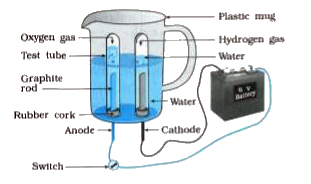
What is an electrode ?
Platinum or carbon rod which remains dipped in the solution of electrolyte and on the surface of which chemical reactions occur is known as an electrode.
Topper's Solved these Questions
- CHEMICAL REACTIONS AND EQUATIONS BOOK - KUMAR PRAKASHANCHAPTER - CHEMICAL REACTIONS AND EQUATIONS EXERCISE - QUESTIONS AND ANSWERS (ACTIVITY) 1.8
4 Videos
- CHEMICAL REACTIONS AND EQUATIONS BOOK - KUMAR PRAKASHANCHAPTER - CHEMICAL REACTIONS AND EQUATIONS EXERCISE - QUESTIONS AND ANSWERS (ACTIVITY) 1.9
4 Videos
- CHEMICAL REACTIONS AND EQUATIONS BOOK - KUMAR PRAKASHANCHAPTER - CHEMICAL REACTIONS AND EQUATIONS EXERCISE - QUESTIONS AND ANSWERS (ACTIVITY) 1.6
2 Videos
- CARBON AND ITS COMPOUNDSBOOK - KUMAR PRAKASHANCHAPTER - CARBON AND ITS COMPOUNDSEXERCISE - Practical Skill Based Questions With Answers
10 Videos
- METALS AND NON-METALSBOOK - KUMAR PRAKASHANCHAPTER - METALS AND NON-METALSEXERCISE - PRACTICE SKILL BASED QUESTIONS WITH ANSWERS
5 Videos
Similar Questions
In the electrolysis of water
Why is it that the volume of gas collected on one electrode is two times that on the other electrode
View SolutionIf you are provided with two tubes (A and B), where one is narrow and the other is relatively wider and if both are immersed in a beaker containing water as shown in the figure.
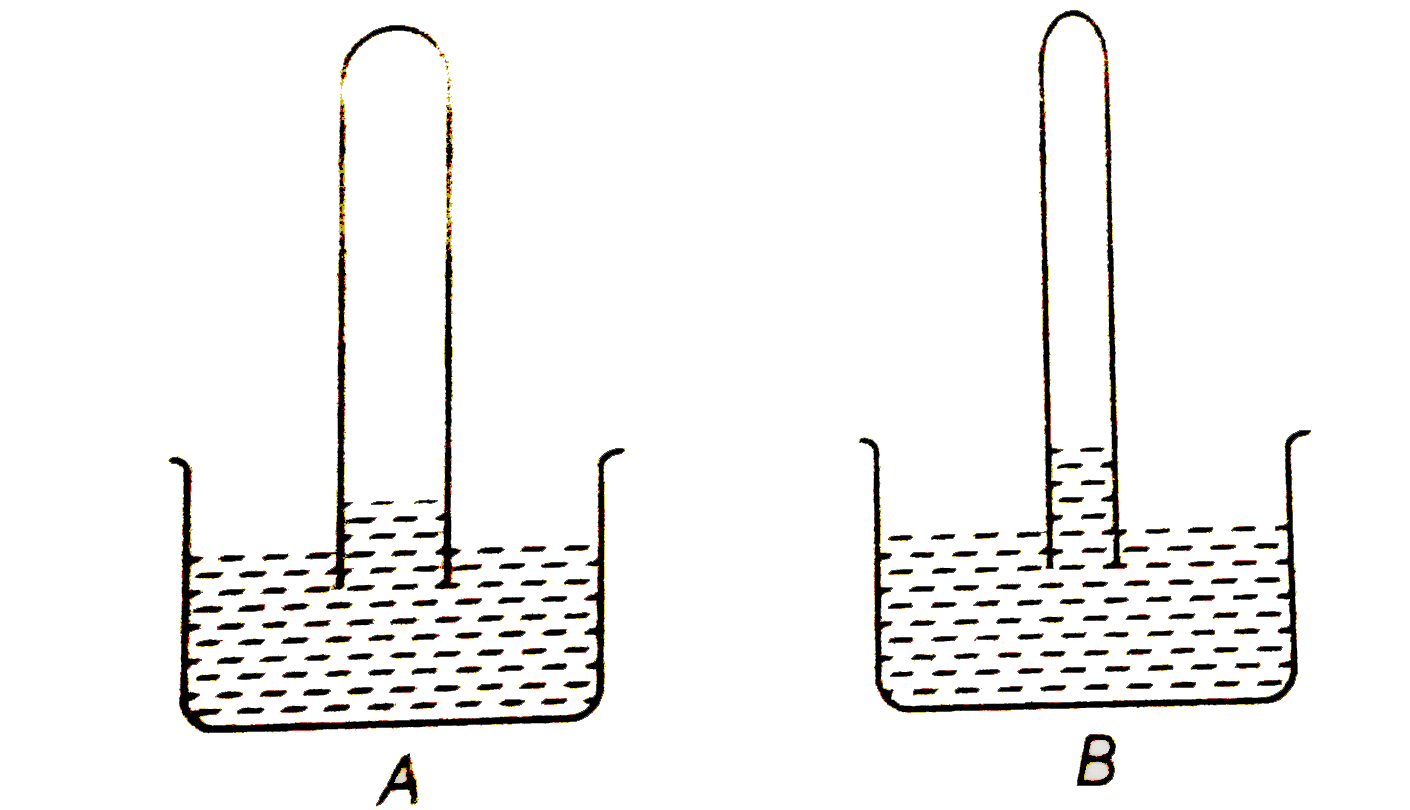
Why does B show higher water rise than A ?
View Solution
Knowledge Check
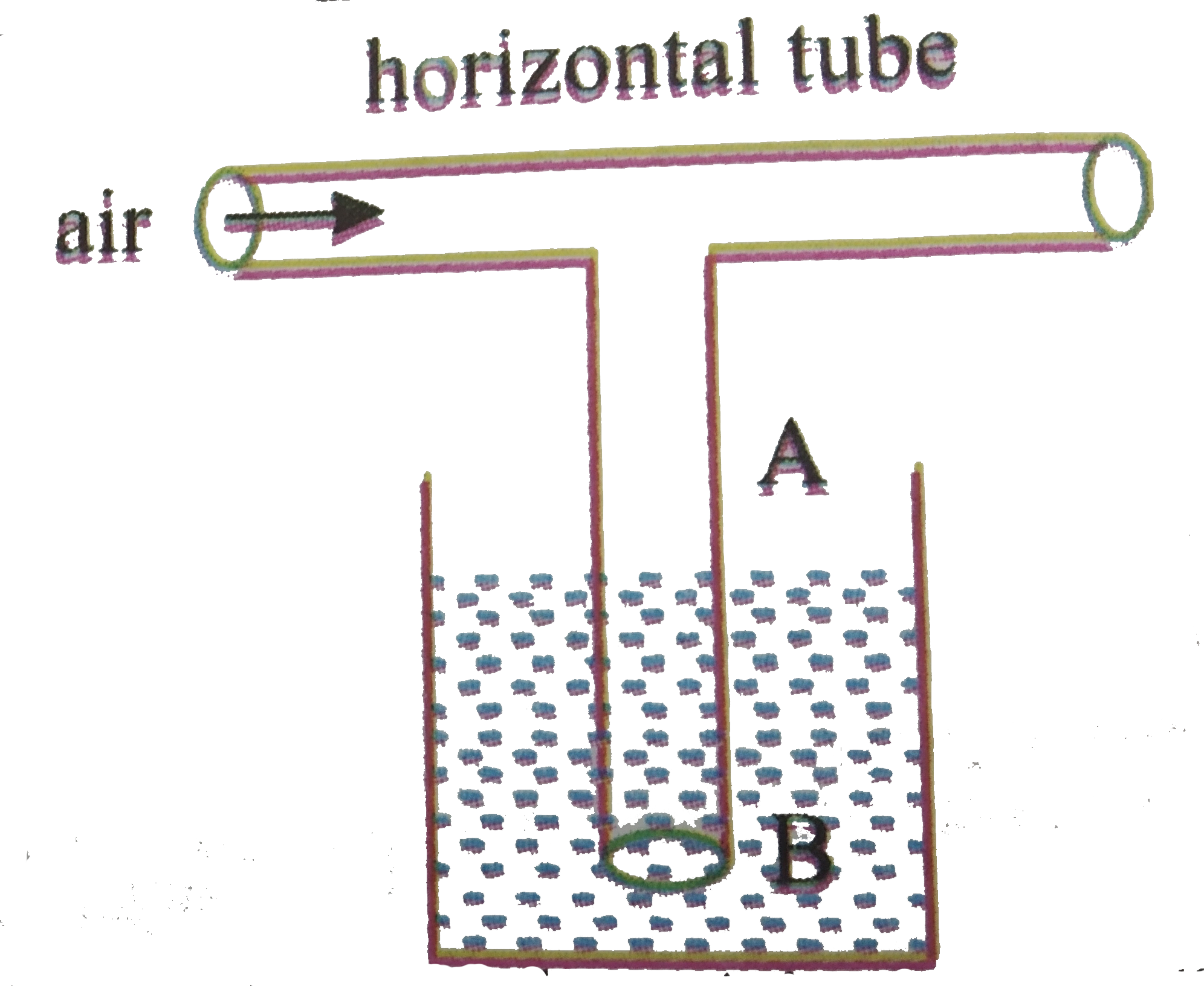
Water stands at level A in the arrangement shown in figure. If a jet of air is gently blown into the horizontal tube in the direction shown in figure, thenAwater will fall below A in the capillary tubeBwater will rise above A in the capillary tubeCthere will be no effect on the level of water in the capillary tubeDair will emerge from end B in the form of bubbles.
If you are provided with two tubes (A and B), where one is narrow and the other is relatively wider and if both are immersed in a beaker containing water as shown in the figure.

Why does B show higher water rise than A ?
View SolutionLook at the diagram which shows electrolysis of water and answer the following questions
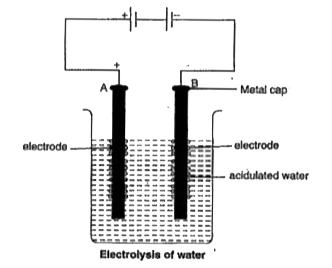
What is produced at
positive carbon electrode (anode)?
View Solution........... electrodes are used during electrolysis of acidulated water.
View SolutionAcidified water is electrolysed by using carbon electrodes. What is produced at
positive carbon electrode
View SolutionA group of students carried out electrolysis of acidified water in the laboratory. By the end of the experiment two gases were collected in the test tubes at both the electrodes.
Write a balanced chemical equation to represent the electrolysis of water.
View SolutionA mug full of water appears light as long as it is under water in the bucket than when it is outside water . ? Why
View SolutionA convex lens of refractive index μg is held in a reansparent medium of refractive index μm If course of rays is as shown in Fig., how are μgandμm related ?
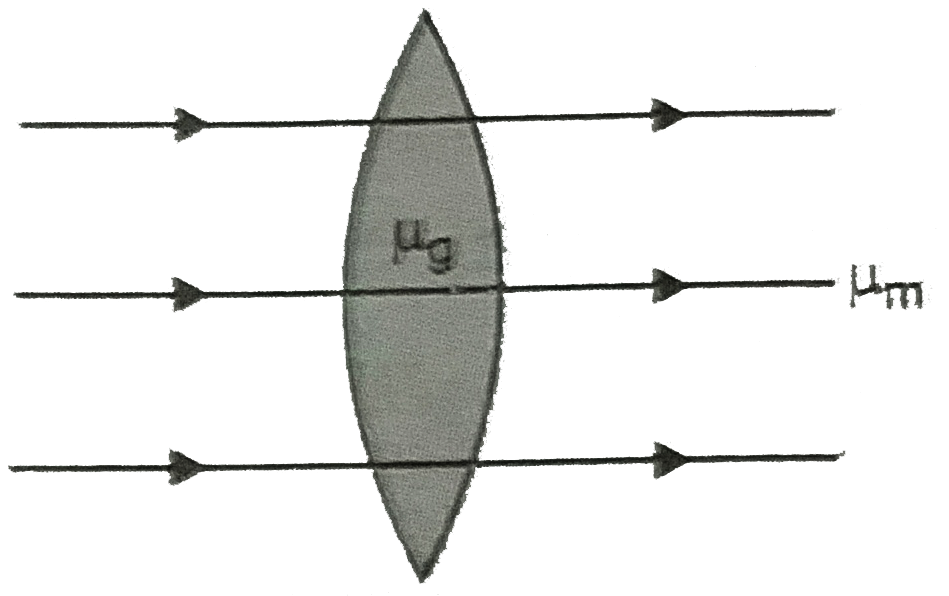 .
.
View Solution
